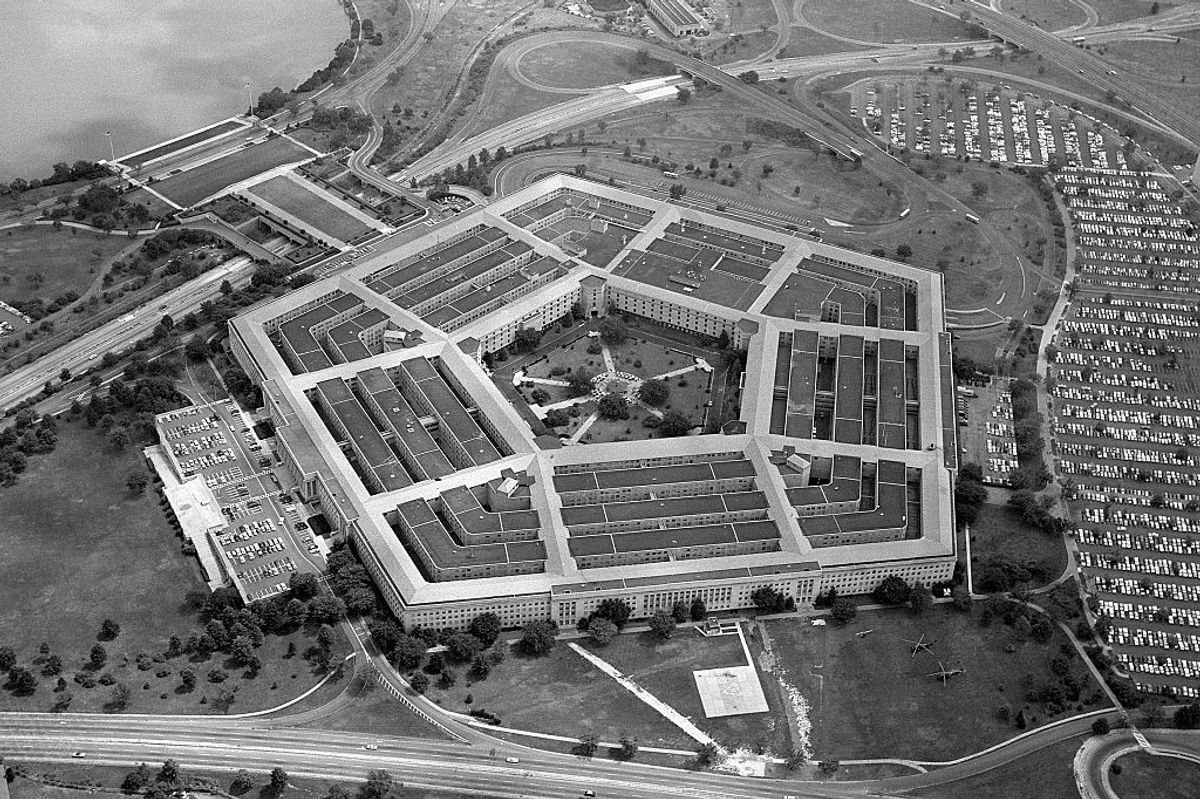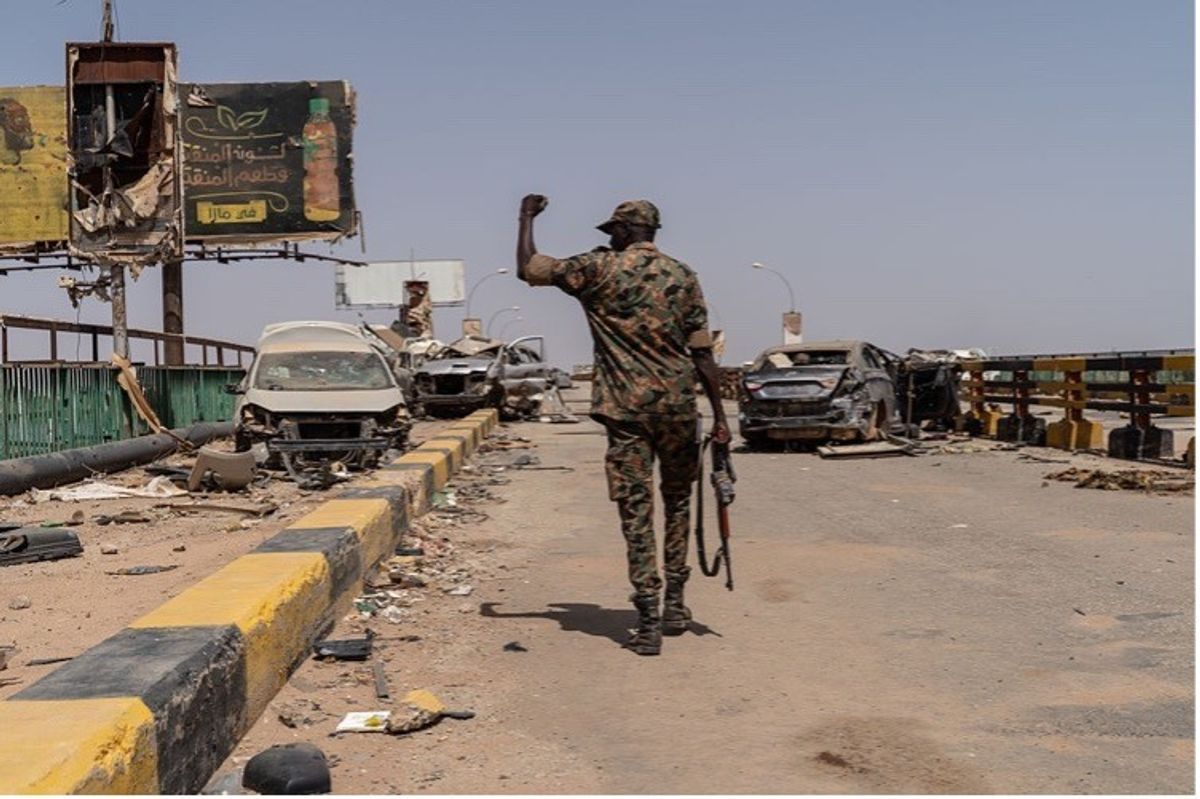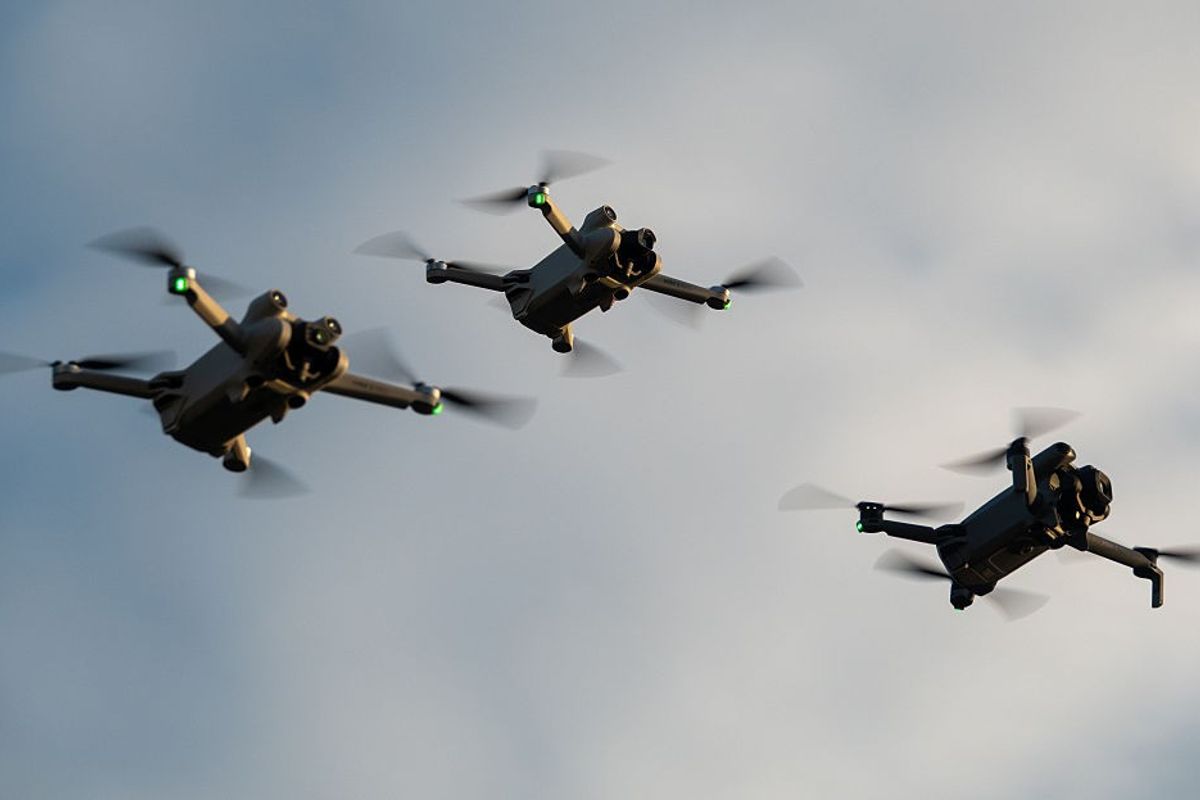SUBSCRIBER+EXCLUSIVE REPORTING — When France’s President Emmanuel Macron warned that Europe might have to send troops to Ukraine to stop Russia from advancing elsewhere in Europe, it was only the most extreme in a series of warnings that Russian President Vladimir Putin won’t stop at Ukraine – and that Poland, the Baltic states and other parts of the continent must prepare for Russian aggression. But in many European nations, where military recruitment lags and armies are a fraction of their Cold War size, experts and defense officials worry that military preparedness hasn’t matched the level of concern.
On Thursday, German defense minister Boris Pistorius told a forum in Washington that Germany must renew the draft it abolished in 2011. “I’m convinced that Germany needs some kind of military conscription,” Pistorius said at the American-German Institute. “We need to ensure our military staying power in a state of national or collective defense.” He’s expected to present a formal proposal for conscription this month, as Germany moves to reorganize its military and add 20,000 troops over the next seven years.
Britain’s top soldier, General Sir Patrick Sanders, chief of the general staff, has suggested that the country needs to add 10,000 soldiers in the next three years to its current complement of 110,000, and prepare for a “national mobilization.” Sanders added that “Ukraine brutally illustrates that regular armies start wars; citizen armies win them.”
Neither proposal was welcomed. Gen. Sanders' call was rebuffed by the spokesman for Prime Minister Rishi Sunak, who said “The British military has a proud tradition of being a voluntary force. There are no plans to change that.” In Germany, Chancellor Olaf Scholz has kept silent, while his governing partners in the Free Democrat and Green Parties are resolutely anti-draft.
Today, among the 32 NATO nations, only eight have the draft, and many are struggling for creative and politically palatable ways to boost their troop numbers. Defense planners and analysts across Europe worry that at a moment when the continent should be preparing contingencies for war with Putin’s Russia, Europe’s armies lack the manpower to dissuade or deter a Russian attack, or to retake land Russia might overrun.
Michael J. Williams, a senior fellow at the Center for Strategic and International Studies in Washington, told The Cipher Brief that a mix of economic and demographic realities have hurt recruitment efforts in much of Europe. “It’s a looming crisis,” he said.
A shortage of troops
When the Berlin Wall fell in 1989, the U.S. had 315,000 troops stationed in Europe, 249,000 of them in what was then West Germany, prepared to stop a Soviet-led armor attack. The rest of NATO’s member states at the time (there were only 16 then) had about 2.5 million troops.Thirty-five years later, East Germany, West Germany, and the Soviet Union are no more, NATO has 32 member states, and its forces in Europe total about 2 million. That includes roughly 100,000 U.S. troops spread across Germany, Italy and several of the former Soviet republics and Warsaw Pact members that are now part of NATO.
While the nations that might be considered frontline states in any potential conflict with Russia – Poland, the Baltic countries and Scandinavian nations Norway, Sweden and Finland – have high rates of military participation, several other European nations are struggling to meet their recruitment goals.
The army of the Netherlands stands at 49,000, less than one-fifth its Cold War number, and as the Economist reported recently, the country hasn’t even filled the existing slots.
In Italy, the chief of the defense staff told Parliament earlier this year that the country urgently needs to recruit more soldiers. “We are absolutely undersized,” said Admiral Giuseppe Cavo Dragone.
And in Britain, recruitment across the services is down 12.6 percent since 2022, and the Army has only 76,000 troops. It’s the lowest level since the 18th century, according to National Army Museum calculations cited by The Guardian.
The Czech Republic, with a population of 10.7 million, has a defense force of only 25,000, and an active reserve – similar to the U.S. National Guard – of only 4,000. That’s not enough, says Jakub Janda, a defense analyst at the Center for European Values in Prague, and a reservist himself.
“The first priority is to grow the active duty forces,” Janda said, following decades of post-Cold War demobilization. But in an interview with The Cipher Brief, Janda also noted that recruitment suffers from an absence of a sufficient “fear factor” when it comes to Russia. “The more you are afraid of a Russian attack,” he said, “the more you prepare for your own defense.”
For some NATO members, it may be a challenge just to maintain the current rosters in their armed forces. The CSIS’s Williams noted that Europe’s low fertility rate—1.46 in 2022—presents a huge problem for the militaries on the continent.
“Europe is not having enough young people,” Williams told The Cipher Brief. ”If you’re not hitting intake targets now, you won’t have the professional soldiers and non-commissioned officers you need to run things.”
In many of these countries, one fundamental question looms: Whether Europeans are ready to fight—or die—for their way of life. A Gallup survey earlier this year showed only 29 percent of Western Europeans would fight for their country, and only 39% of East Europeans would do so. In Germany, the number was only 23%.
Creative solutions
The troop shortfalls have led to a range of new policies and potential solutions.
In Germany, military recruiters have taken their campaigns to TikTok and Instagram. In the Netherlands, a new program offers citizens the option of a “service year,” a year-long trial period in the armed forces rather than the typical four-year commitment. Some countries have begun training large numbers of reservists who can step up to support a professional army on a few months’ notice. Finland, for instance, has an active duty army of 24,000 that expands to 280,000 in wartime, by dipping into a trained reserve of more than 800,000 people.
In an interview with The Cipher Brief, Berthold Kohler, co-editor-in-chief of the influential German newspaper Frankfurter Allgemeine Zeitung, said that Sweden’s model might be palatable for other countries. Sweden has a draft, but only a few thousand of those chosen are selected for military service.
“There’s an argument to be made that it's a good thing to have citizens in uniform who have a feeling they should do something for their own freedom and security,” said Kohler, who was a West German conscript near the end of the Cold War. “[It] is a good idea, and part of it should be a conscription system.”
He also believes that some form of a draft is essential to draw a red line around Europe and deter Putin from attack. “We don't have nukes, so the only way we can impress Putin in terms of deterring him is with very strong conventional military forces and by showing we have the will to stop him,” Kohler said. “That's why we should reactivate conscription in a modern form.”
Where the “fear factor” looms large
Poland, with a population of 37 million, and a long history of Russian invasions, has built an active-duty army of 150,000 people. The government had pledged to double that in the near future. The Baltic states, the Czech Republic and Romania, which might all lie in the potential path of a Russian attack, have been making significant efforts, despite their small size. Estonia, with a population of 1.35 million, has a full-time military of 4,000 people, a rapid response capacity of 29,000, and another 200,000 citizens who’ve received some form of basic training and can be mobilized on short notice.
Can these armies be built without a draft? The strongest support for joining the military comes from NATO’s newest members, especially those that were once Soviet vassals, such as Poland and the Baltics. And in France, a survey taken last summer suggested that more than 51% of young people surveyed would be "ready" or "maybe ready" to enlist "if protecting France required the country to enter the war in Ukraine."
But elsewhere, the military is not an attractive option for many young people.
In Britain, a Defence Ministry survey suggested the main reasons service members left the military were “the impact of service life on family and personal life, and opportunities outside the Armed Forces.”
In Belgium’s Flemish-speaking region, while 60 percent of people over age 65 support reviving conscription, nearly 7 in 10 people under age 34—the ones who’d be called up—oppose a draft. As the Brussels Times reported, Belgium’s defense ministry has no plans to revive the draft, arguing that it lacks the personnel, weapons or money to train large numbers of new recruits.
Recruitment in Europe has also been hampered by basic economics. With a continent-wide unemployment rate of just 6 percent in March, private sector salaries are high and the military is operating in a very competitive labor market.
As Janda said, in a thriving economy, “the job market is basically packed, so it’s hard for the military to recruit.”
Read more expert-driven national security insights, perspective and analysis in The Cipher Brief because National Security is Everyone’s Business.












